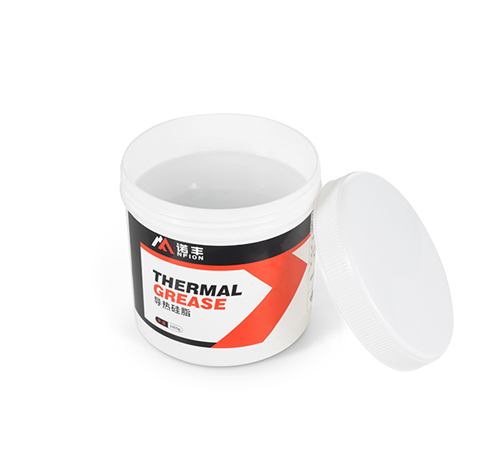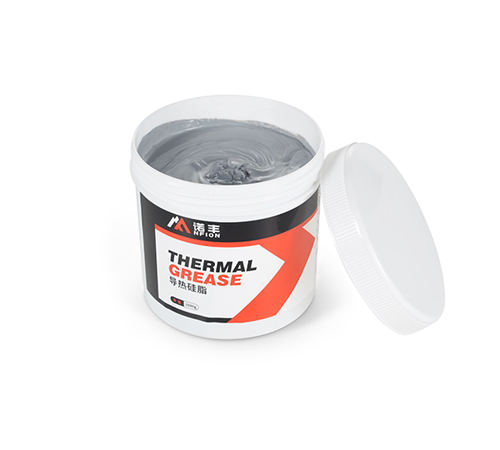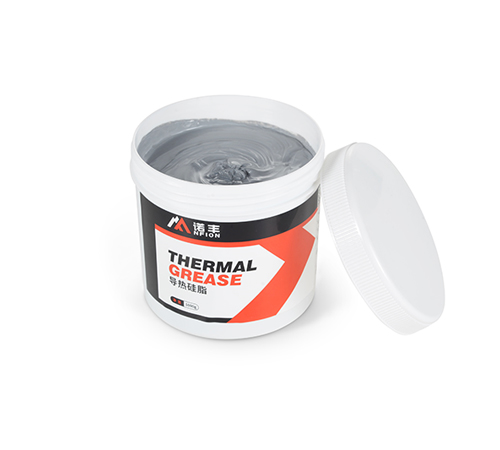As high-performance electronic devices continue to evolve, thermal management has become a critical factor in ensuring system stability and longevity. Among various thermal interface materials (TIMs), thermal grease plays a crucial role by filling micro-gaps between heat-generating chips and heat sinks to enhance thermal conductivity. But a common and vital question arises: What is the optimal gap between thermal grease and a heat sink? For engineers focused on thermal design, this is a core issue that demands precise attention.
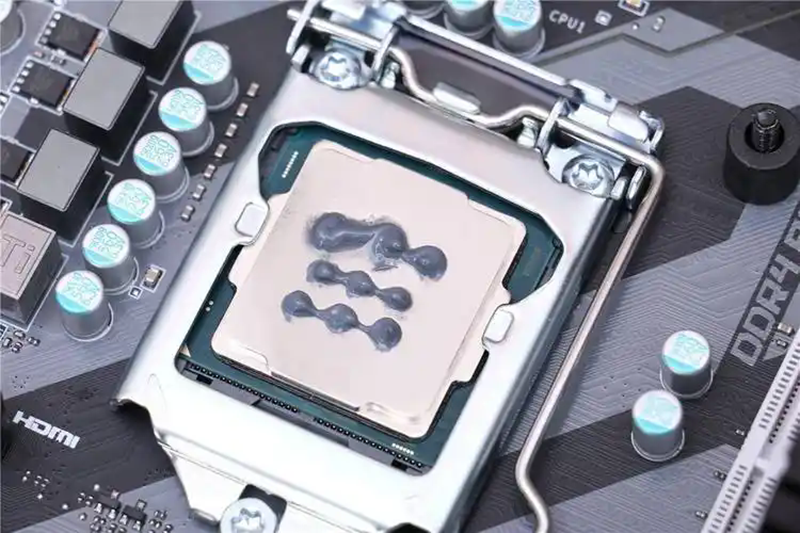
Why Does Thermal Grease Thickness Matter?
The primary function of thermal grease is to fill microscopic voids between the processor and the heat sink, eliminating air gaps that have high thermal resistance. In theory, the chip and heat sink should be in direct contact; however, surface imperfections and roughness create unavoidable gaps.
Thermal grease is meant to "fill the void," not act as a "spacer." If applied too thickly, the material’s own thermal resistance becomes a limiting factor and reduces heat transfer performance. If applied too thinly, air pockets may remain, also hindering efficient thermal conduction.
Recommended Thickness Range for Thermal Grease
1. Recommended Gap Thickness: 20μm – 100μm
According to industry best practices and experimental data, thermal grease should be applied within a thickness range of 20μm (0.02mm) to 100μm (0.1mm). This range balances adequate gap filling and minimal thermal resistance.
● Around 20μm: Suitable for applications with high surface flatness and precision machining, such as high-end CPUs and GPUs.
● 50~100μm: Appropriate for general-purpose electronic modules or power devices, offering effective thermal transfer without excess material.
2. Non-linear Relationship Between Thickness and Thermal Resistance
Typical thermal grease has a thermal conductivity of 1–6 W/m·K. For example, with a grease rated at 3 W/m·K, increasing the thickness from 50μm to 200μm can double or triple the thermal resistance, regardless of material quality. This proves that overapplication leads to diminishing returns.
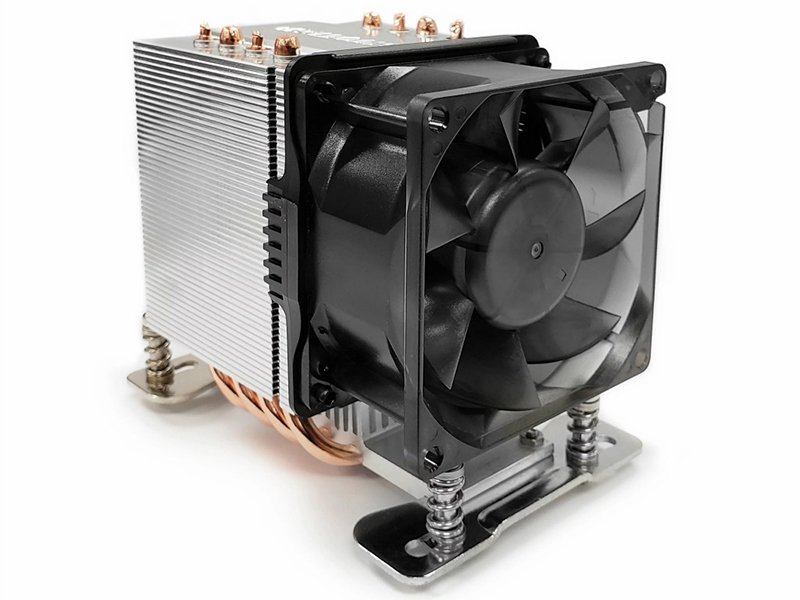
How to Control the Gap in Practical Applications?
1. Controlled Dispensing Process
● Precision dispensing and spreading: Automated dispensing machines can accurately control application volume and layer thickness.
● Even manual spreading: Uneven layers may create thicker or thinner zones, negatively affecting thermal transfer.
2. Assembly Pressure Control
During the attachment of the heat sink, proper mounting pressure helps spread the grease uniformly and eliminate excess, forming a thin and consistent thermal interface.
● Engineering Tip: Apply just enough grease to slightly overflow upon compression — complete coverage without excessive buildup.
3. Surface Roughness Optimization
Lower surface roughness minimizes the required gap, enabling the use of thinner thermal grease layers and improving heat conduction.
Common Mistakes to Avoid
“Thicker is safer” misconception: Excess grease increases thermal resistance and may overflow, contaminating adjacent components.
Neglecting pressure and assembly tolerances: Focusing solely on grease thickness while ignoring how it changes under pressure leads to inaccurate thermal modeling.
Confusing grease with thermal pads: Thermal grease is ideal for gaps below 0.1mm. For larger gaps over 0.3mm, thermal pads are more appropriate.
Conclusion: Optimal Grease Thickness Is the Balance Point for Thermal Efficiency
The optimal thickness of thermal grease is not about being as thin or thick as possible — it’s about finding the right balance based on actual contact conditions and assembly pressure. Keeping the layer within the 20–100μm range, while using proper application and compression techniques, will maximize heat transfer performance.
In thermal design, every detail matters. Precisely controlling the gap between thermal grease and the heat sink is a foundational step toward effective thermal management.
For more advice on selecting thermal interface materials, dispensing techniques, or heat sink integration, feel free to consult with our engineering team at Shenzhen Nuofeng Technology. We provide tailored thermal interface solutions to meet your exact needs.


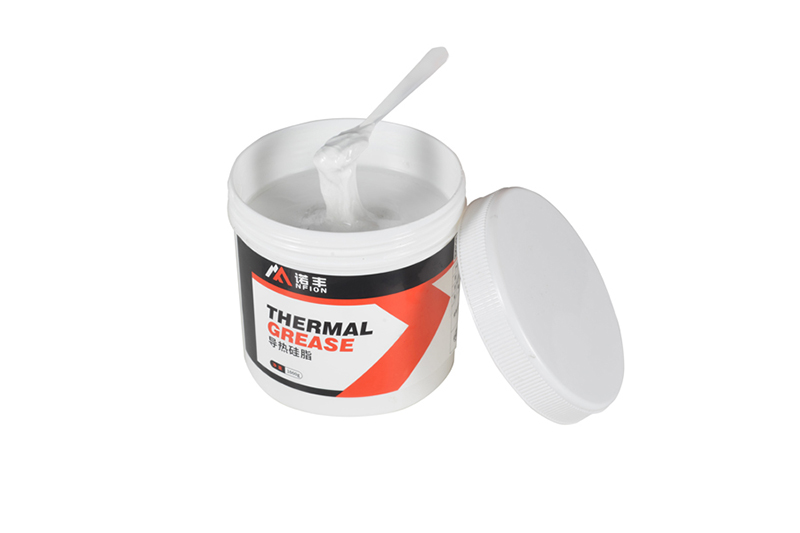
 CN >
CN >
